Top 10 Villa d’Este Tivoli – Unesco World’s Heritage Site
Villa d’Este Tivoli was built during the 16th century by Pirro Ligorio and commissioned by the cardinal Ippolito d’Este, grandson of the powerful pope Borgia. The gardens inspired the gardens of Versailles and the gardens of the Reggia di Caserta. The same architect built also the mysterious Monster Park in Bomarzo.
Today you can visit about 255 waterfalls, 100 pools, 300 water jets and 50 fountains. The water is coming through a tunnel from the river Aniene moved only by gravity. Discover the Top 10 of Villa d’Este Tivoli:
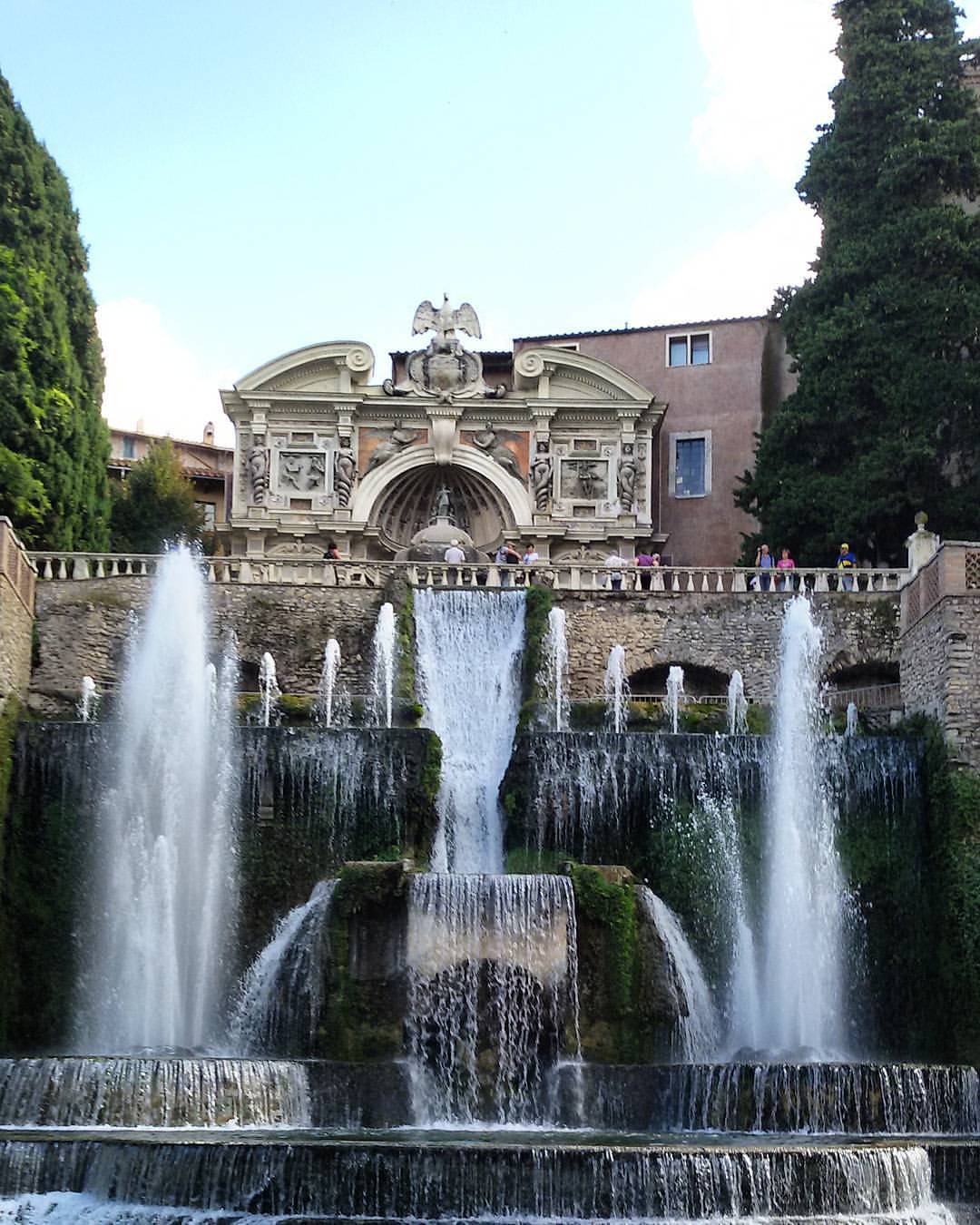
Fountain of the Organ
The goal of Pirro Ligorio was to use the water as a musical instrument. Franz Lisz used to live in the Villa, where he also composed some famous opera music. The fountain of the organ plays every two hours with a water mechanism. At the two sides the statues of Apollo, God of Music and Orpheus. On the top are the symbols of the Este family.
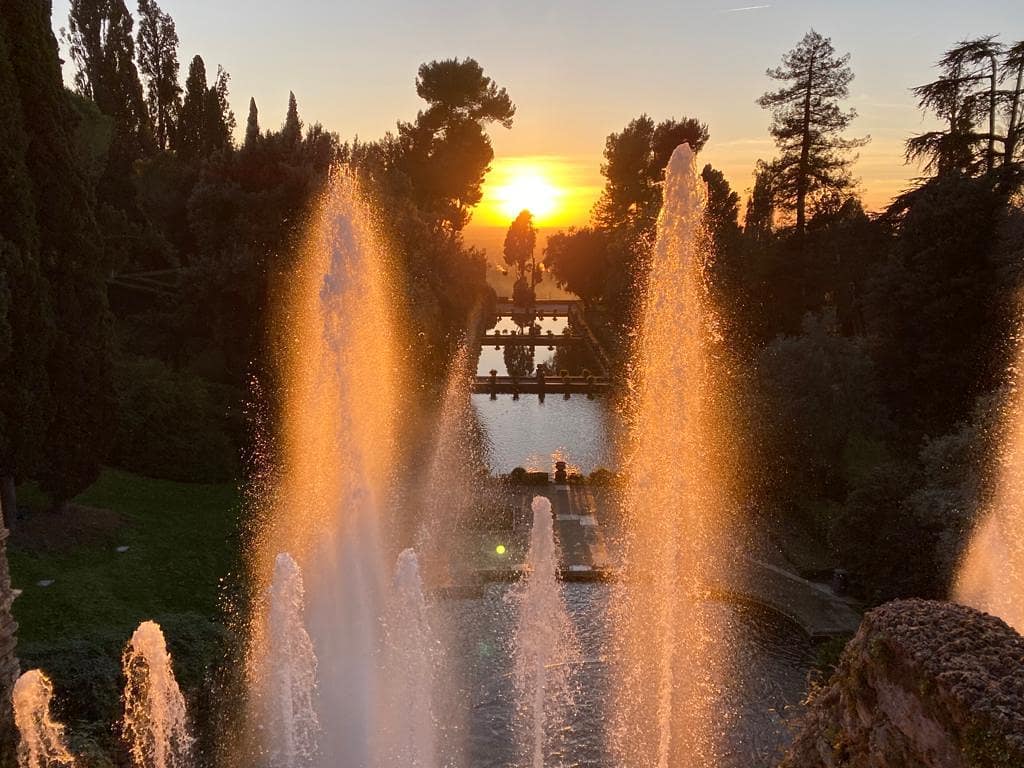
Fountain of Neptune
The big fountain has high water jets which remind the chords of the organ. The three big pools were used by the cardinal for fish farming
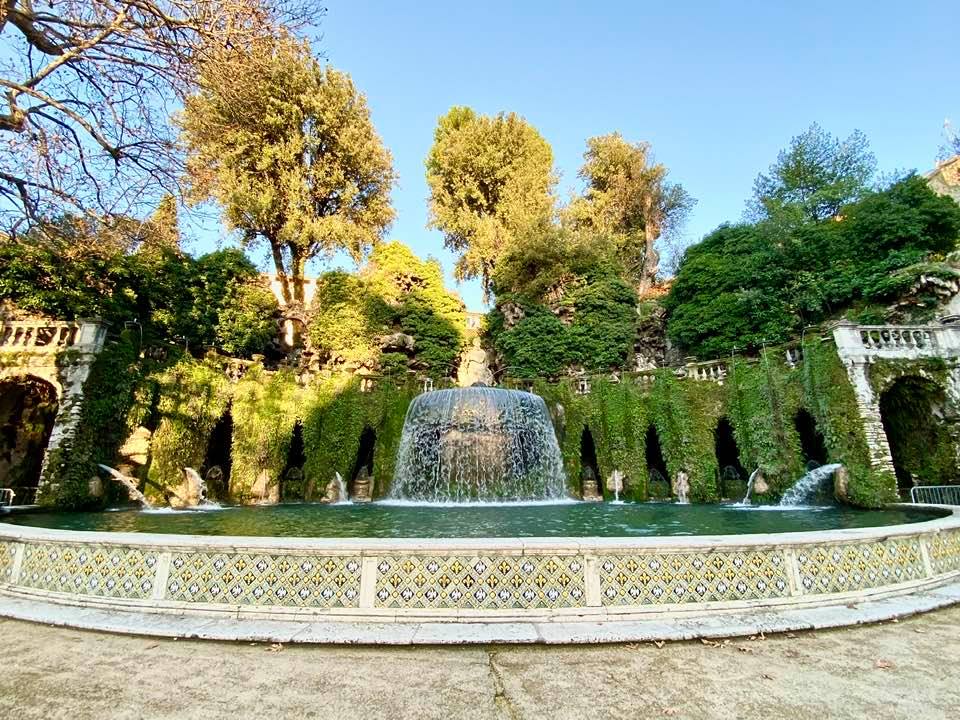
Fountain of Tivoli
The fountain of Tivoli is one of the symbols of the villa. The sibilla Tiburtina was the Sybil who predicted the coming of the Messiah to Augustus. The rocks represent the Tiburtine hills from where the important Travertine marble comes. The two laying statues are the two rivers of Tivoli Erculaneo and Aniene. The trees in front of the fountain are about 450 years old.
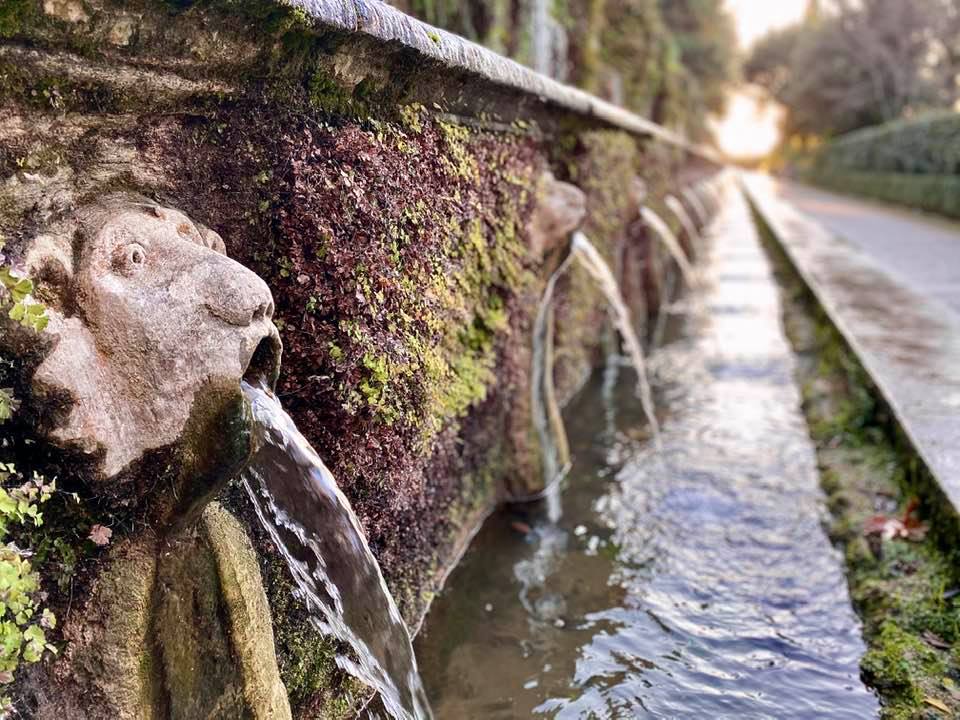
100 Fontanelle
The 100 fountains are representing the river Aniene finishing in the river Tiber. They are actually 99 fountains, the fountain number 100 is on top of the obelisk of the fountain of Rome.
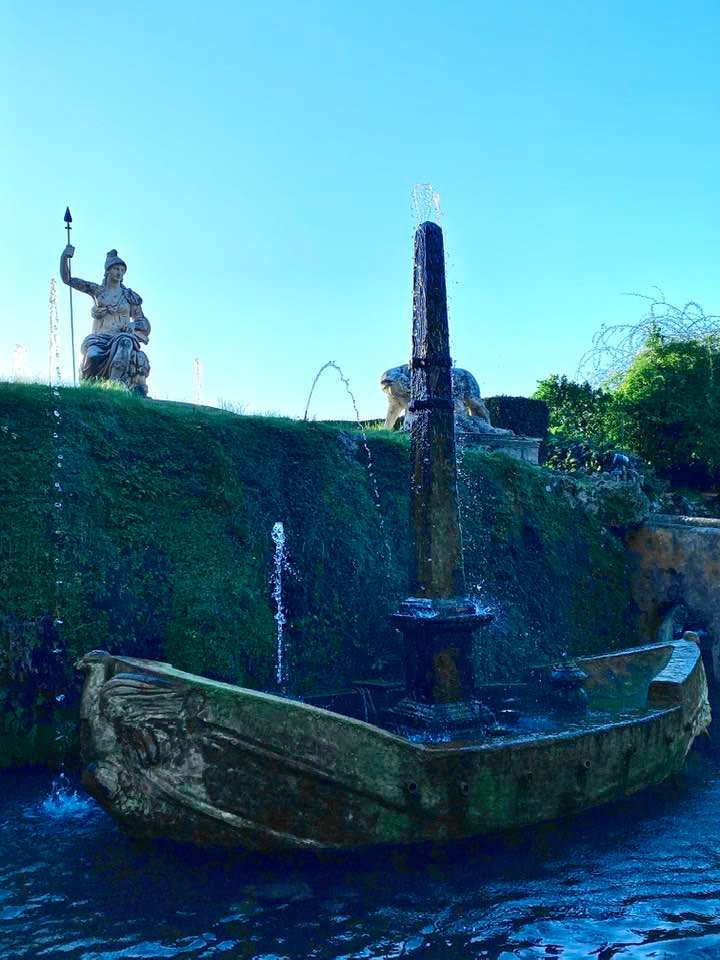
Fountain of Rome
On the left the personification of the Appenino, from where the river Tiber begins. The Goddess Rome is the statue in the middle, at the side the shewolf with Romolus and Remus. In the middle the Tiber island, the only island of the river Tiber. During the roman time the island was decorated as a military boat with the obelisk representing the mast of the boat. From here you can see a beautiful view of the eternal city.
Bicchierone by Bernini
During the Baroque time Gianlorenzo Bernini left his sign in the villa and decorated this beautiful fountain at the entrance of the garden.
The fountain of the dragons
The fountain was dedicated to Pope Gregory XIII who visited the Villa in the 16th century. The pope Greegory XIII is the pope who did the reformation of the calendar. His papal coat of arms are the dragons.
Diana Efesina
Diana is represented as the goddess of fertility.
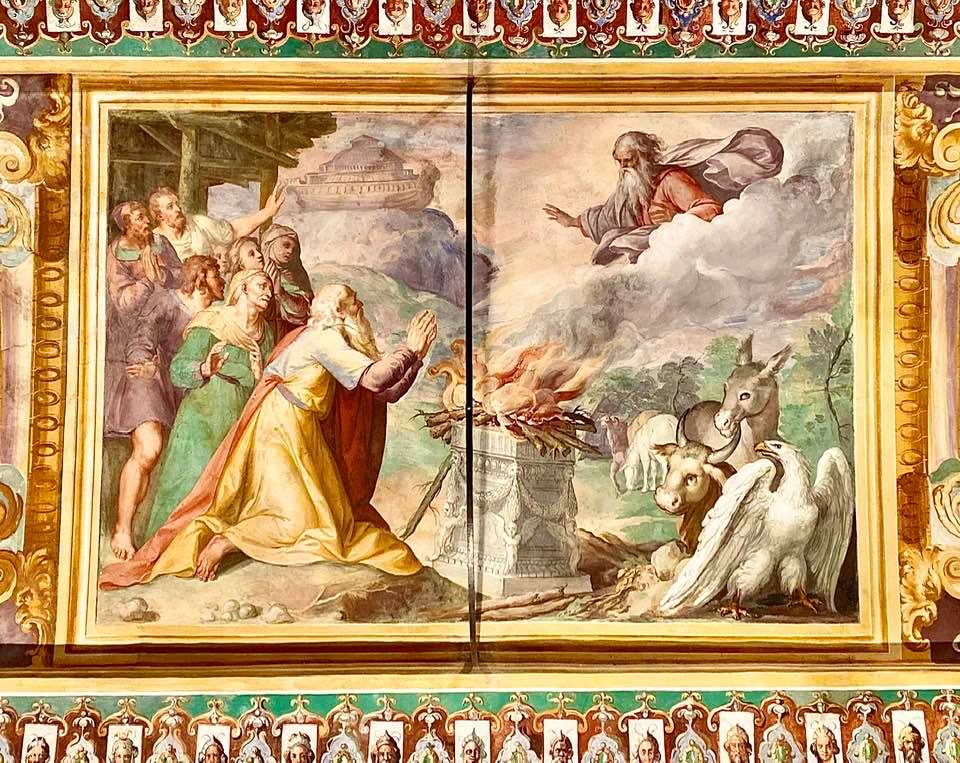
The rooms of the cardinal
Even if the gardens of Villa d'Este are stunning and amazing, also the rooms of the cardinal are worth a visit. There are frescoes by important artist of the 16th century such as Girolamo Muziano, Federico Zuccari and Livio Agresti. The style is that of the mannerism time, with influences from the Renaissance such as the grotesque style.
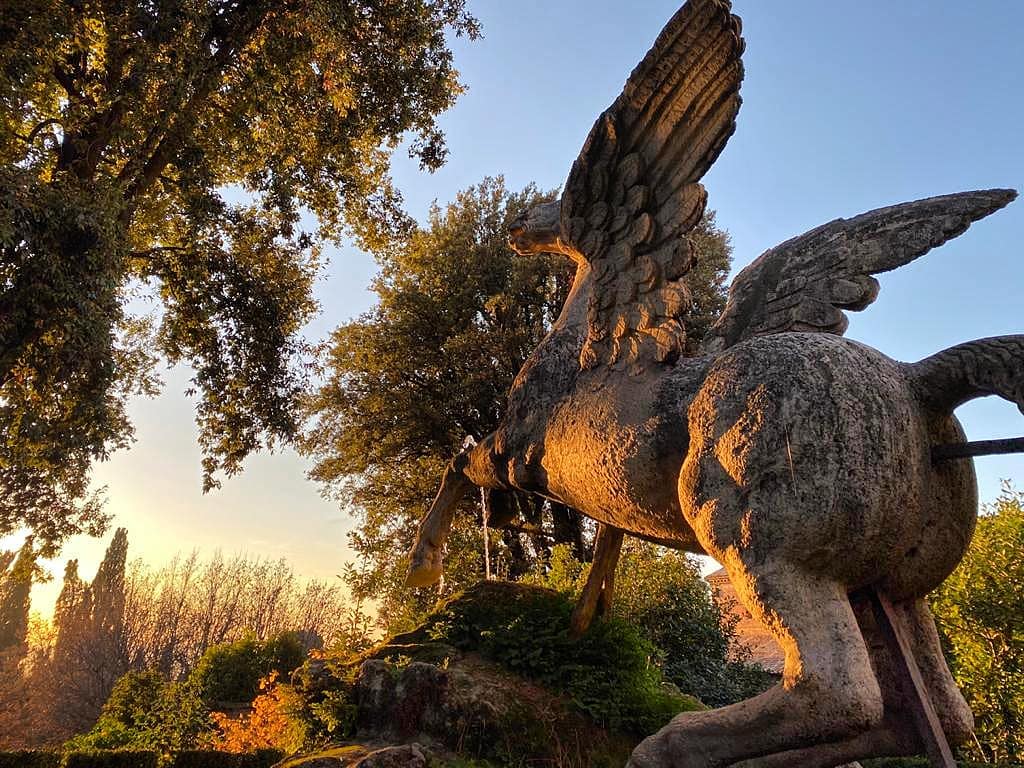
The Pegasus
Following the mythology, Pegasus was the winged horse, which got the commission from Jupiter/Zeus to bring his lights to the mount Olympus. Pegasus accidentally touched the earth with a lightening and from this exact point were born some waterfalls and water springs. This episode is connected with the mythological foundation of Tivoli, which is a city full of water and waterfalls.
